Having been in Sofia for a while to have covered most of the touristy places, I wanted to know where a local would love to go. My current host recommended Bankya. He’s typically busy with organizing events that tend to be crowded, so he appreciates the quietness in a small town like Bankya. Bankya is to the west of Sofia about half an hour drive away. The public transportation will take longer, but I am glad that at least it takes me to Bankya easily. There are several highways around Sofia to be like the city boundaries. Once the bus crossed Highway 18 on our way towards Bankya, a change in the feel became palpable from being in a city to being in a village with vast fields extending out.
In the town of Bankya, the walk path lined with big trees led me directly to the building of the central mineral bath. It was opened a few years ago and yet it was temporarily closed for now, likely due to the pandemic, unfortunately. At the back side of the building, there was a mineral water station with many people waiting in line with big jars in hand. I tasted the water there, too. It was not as hot as the one in Sofia but still quite warm, and it tasted milder and less sleek than the one in Sofia, but it had a very calming effect afterwards. I had to marvel at the diversity of the mineral water all around Bulgaria.
There were four hiking trails with some overlapping segments in Bankya, and they were called the “Path of Health”. They were the best marked trails that I have seen in Bulgaria so far with the distance to go. The water, the trees, the fields, and the air all seemed very calming and healing.
I took the black trail, and the latter half of the trail was a regular road with buildings on both sides instead of in the wild. The road led to the town center such as the clock tower, the park, and quite a few busy eateries. I wanted to find a restaurant to sit in and relax a bit, and yet quite a few restaurants were temporally closed, likely due to the pandemic, again, sadly. I did find one that was open, and its business seemed to go quite well. If I went back to Bankya again, I would try the blue trail next time.
I did notice that there were no big rivers around Sofia. Unlike many other cities where there were often big rivers through the town as water would always be a critical resource for the dwellings. I think that the water mostly went underground in Sofia. There is also a long lake (along the road to Samakov) to the southeast of Sofia, that is a water reservoir for the city, collecting the snow melt from the mountains.
Everywhere in Bankya, if there was a fountain, it would provide the warm mineral water and never the cold tap water. It was truly a treat. Well, after I left Bankya for a day or two, I was still wondering why this name sounded so familiar to me. My reflex arc must be too long until I noticed the bottle of the spring water, our favorite brand that we have been buying since we got to Sofia.
It is nothing but “Bankya, the spring (or the source) of life”! It’s funny that we have been drinking the water from Bankya for so long without even realizing that the brand name is the name of the town.
When I look back at the city sign of Bankya at its roundabout, there is a phrase below the word Bankya (Банкя): ИЗвор На ЖиВом, that is the same one as the one on the water bottle, except that letter T is now used instead of letter M. The usage of M in place of T seems to be an old grammar rule, as I used to see “вимоша” instead of “витоша” to mean the Vitosha Mountain in some picture book, too.

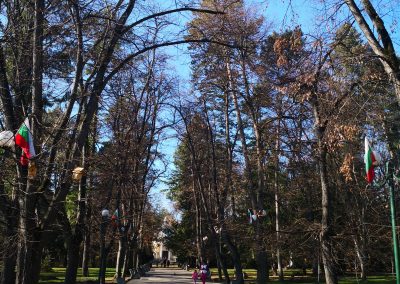
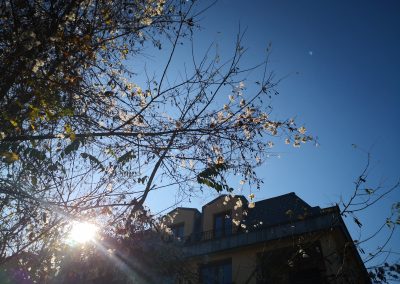



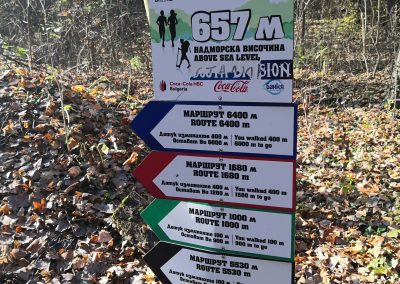
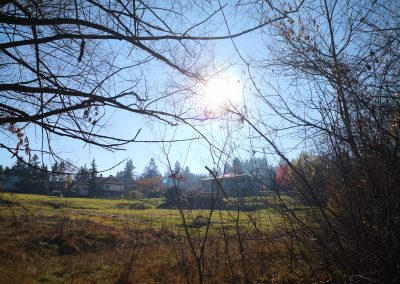
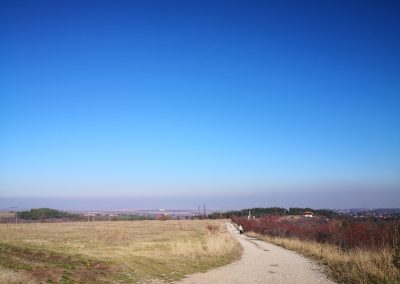
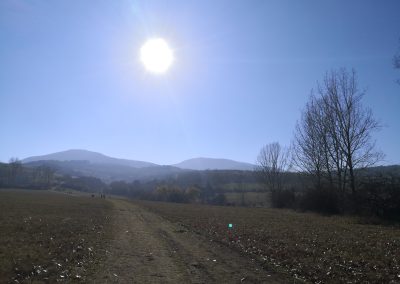
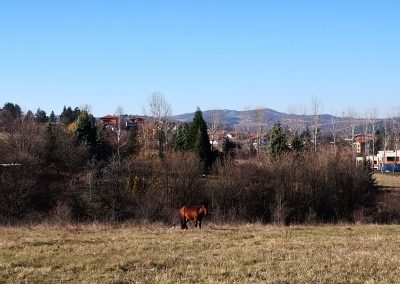
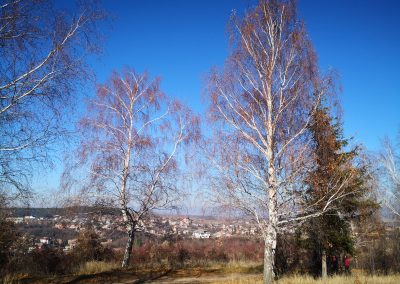
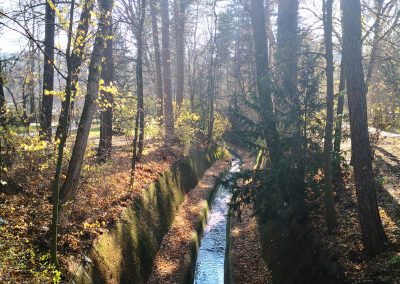
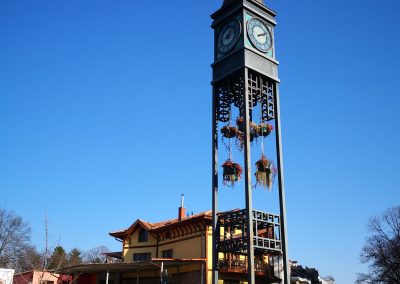
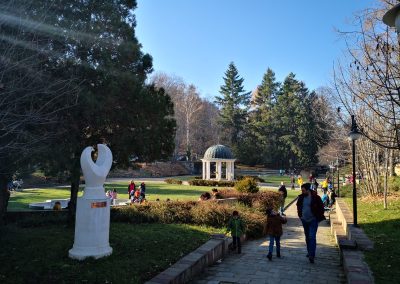

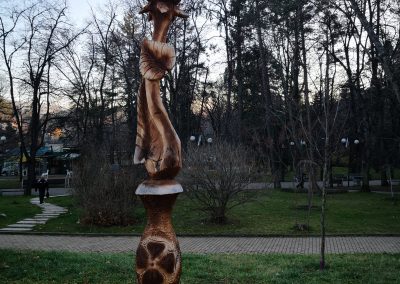
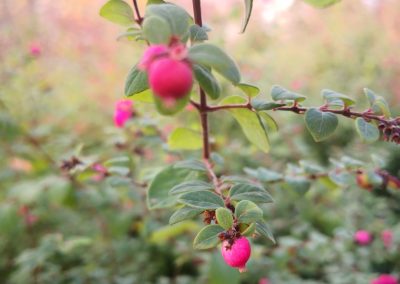
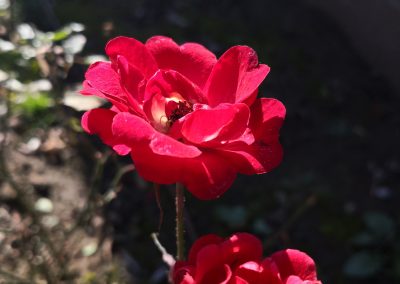

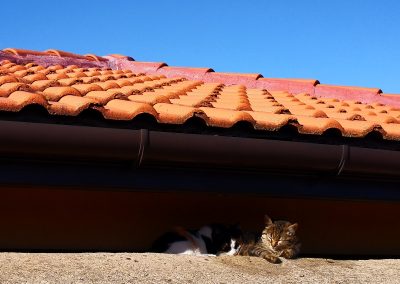
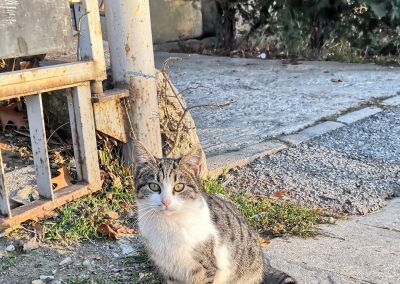
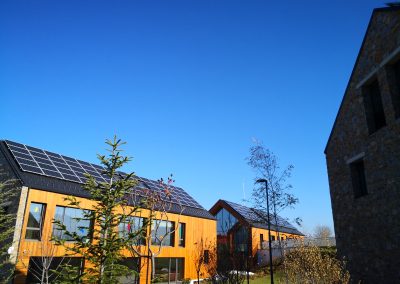

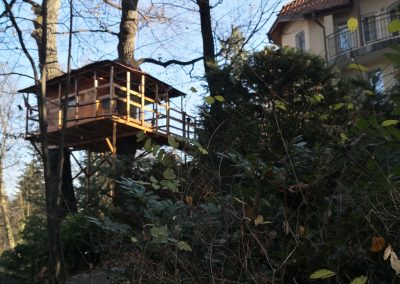
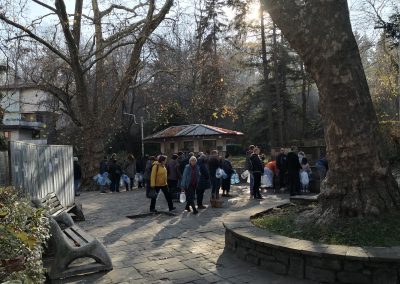
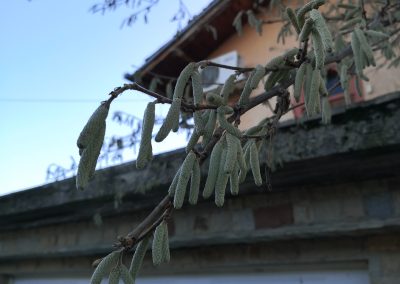
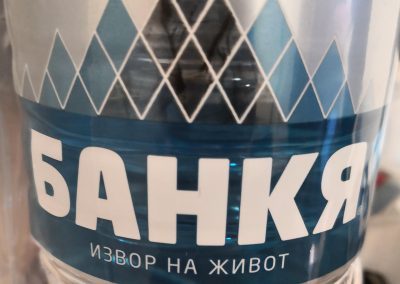
Recent Comments